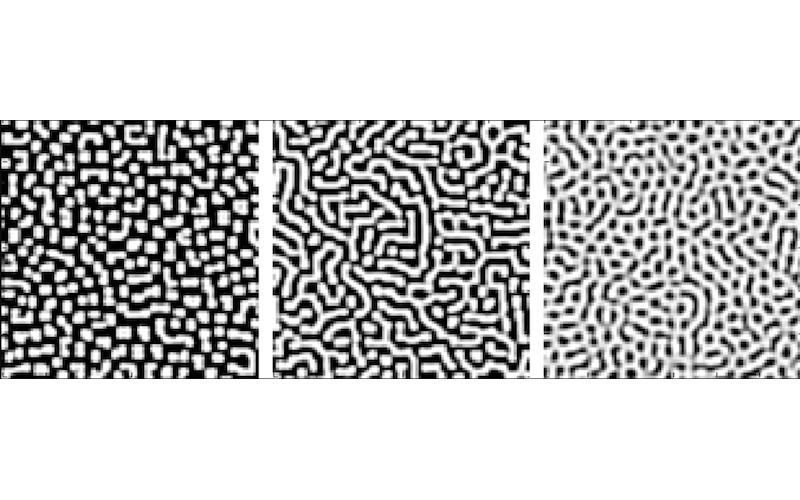
CAUSAL MORPHOGENESIS – A DYNAMIC DEFINITION OF STRUCTURE
Nobel prize winner Ludwig van Bertalanffy was strongly opposed to applying a clear-cut division between structure and function in biological systems. He wrote:
“This separation between a pre-established structure and processes occurring in that structure does not apply to living organisms. For the organism is the expression of an everlasting orderly process … What is described in morphology as organic forms and structures, is in reality a momentary cross-section through a spatio-temporal pattern. What are called structures are slow patterns of long duration, functions are quick processes of short duration.”
L.v.Bertalanffy, Problems of Life”, 1952.
So the difference between function – like shrugging the shoulders for a moment as a communicative gesture – and a structure – like the habitual unrelenting tendency to contract and grip superficial low back muscles – is simply a difference of duration. Structure is more meaningfully understood as, one’s dominant movement patterns over a longer duration. From this perspective posture is also defined by movement.
This dynamic definition of biological structures is consistent with current scientific research and embodied experience. Posture and embodiment are intertwined, dynamic and adaptive processes – ‘paths made in walking’.
This relationship is elegantly expressed by Antonio Machado:
Wanderer; the road is your
footsteps, nothing else;
wanderer, there is no pain,
you lay down a path in walking.
In walking you lay down a path…
(translation by Francisco Varela)
FEATURED IMAGE:
Turing pattern – of unknown origin (Creative Commons ).
